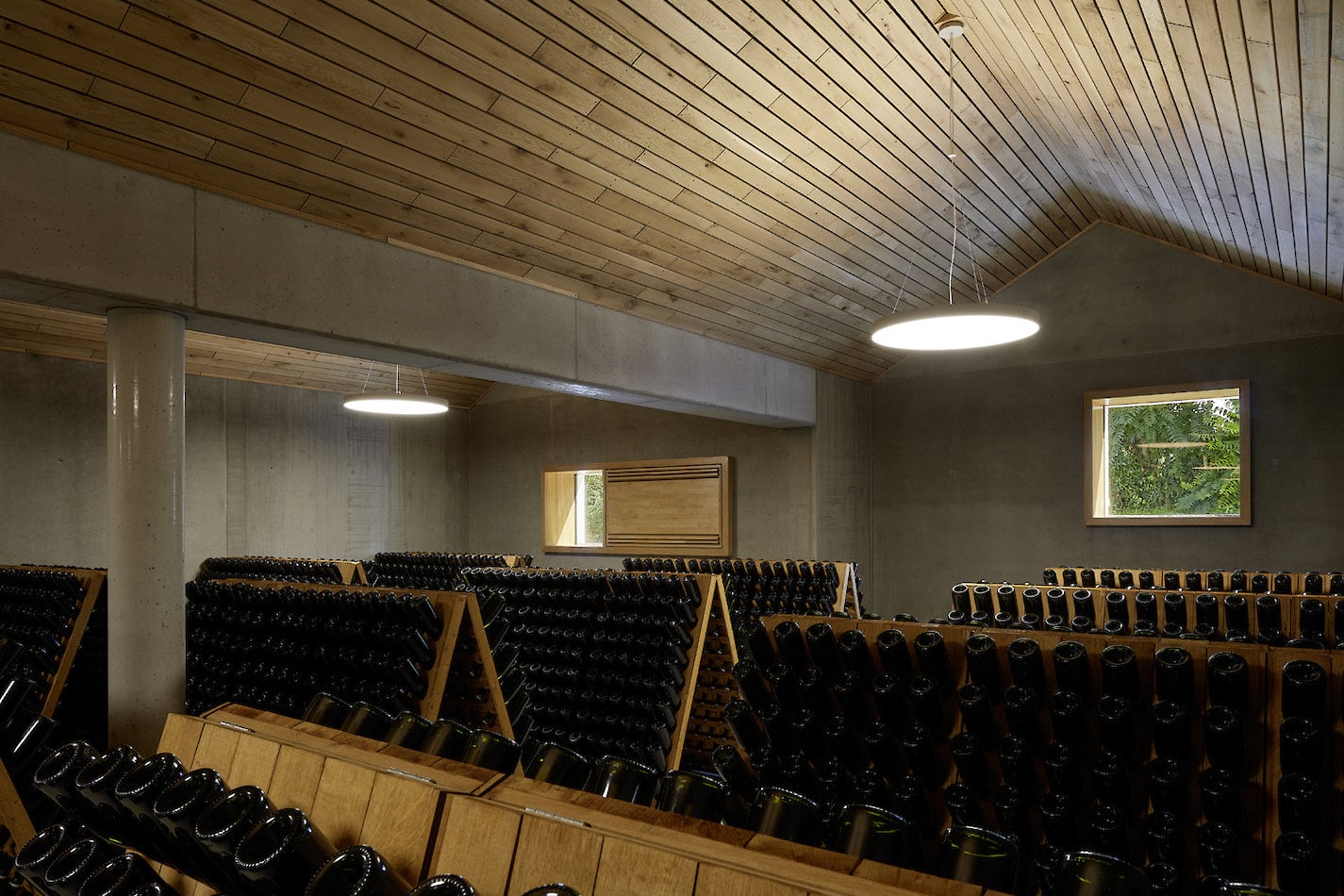Wine Diary
…or the Genesis of Bründlmayer Brut Reserve
At present we are focusing our attention on the various steps of sparkling wine production! A fine new “disgorgement” of Bründlmayer Brut Reserve is ready for release. Producing this sparkling wine comprises a wide array of tasks from the tending of the vines to the fine bubbles in the glass, and a period of often many years! Each step requires skilled hands, planning and high concentration. Find here again a summary how Bründlmayer Brut is made:
It all starts with healthy, well-tended vineyards full of clean grape bunches. Those grapes are hand-picked and then gently and slowly pressed. Only the best part of the must is fermented, mainly in steel tanks. Various base wines of a vintage mature in big used oak casks, some of them for more than a year. Their character should be light, dry and fresh, yet rich in extract and not too fruity. A cuvée of all base wines will be made, sugar and resilient special yeasts added, the wine put in pressure resistant sparkling wine bottles and closed with crown caps for traditional bottle fermentation.
Thus begins the era of another future Bründlmayer Brut “Non-Vintage” (=N.V. because it does not have to be all bases wines of one vintage, smaller but important portions can come from other years, which might contribute to complexity, harmony and to the typicity of the Bründlmayer Style). During bottle fermentation the yeast starts consuming the sugar and, inter alia, sets free alcohol, aromatic substances and lots of CO2. Carbon dioxide as a gas needs more space and so pressure builds up in the liquid and in the bottle neck. Depending on the work of the yeast, and in particular on the temperature, this pressure can range from 3 up to 10 Bar. Once the yeast has died and sunk to the bottom, it starts decaying. Together with partial barrel aging this process of autolysis is responsible for another series of taste nuances, like the fine brioche notes.
After fermentation the bottles will be stored horizontally under perfect conditions in our maturing cellar (‘sur lattes’) for a minimum of 18 months. Special vintage reserves may even rest for many more years on the lees before being transported to our riddling house, put on the decanting stacks and riddled every 2-3 days for several weeks. After each shake the bottle is adjusted to a steeper incline until finally the sediments of the yeast collect in the bottle neck. That is when the bottles will be removed from the stacks (‘pupitre’) and once again stored in boxes, but now upside down, for the yeast plug to further gain solidity.
Time for ‘disgorgement’ has come: Imperials, Magnums, Jeroboams and Methuselahs in former days frequently and literally “risked their necks” to the pleasure of the guests. Whoever has already stood in front, or better beside a traditional Sommelier and watched the process of “sabrage” i.e. actually cracking open a bottle by a skilled blow along the bottle neck and against the cork rim, thus “beheading” the bottle, knows that the expression is not really excessive. At Bründlmayer everything runs more peacefully. Crown cork and the plug of icy yeast are removed with precision by our disgorging machine without harming the glass neck. A bit of dosage will be added and the bottle topped with a small proportion of an earlier disgorged Sekt, before it will be recorked and last but not least secured by the “agraffe” (a small wire basket). This is the moment when the Bründlmayer Brut clock of life starts ticking. After disgorgement it will have to rest for a few more months before labelling (with the disgorgement date printed on the back label) and its ultimate release in an early state of ripeness.
Latest release: Bründlmayer Brut Reserve N.V. (disgorgement August 2020) – go to shop.
